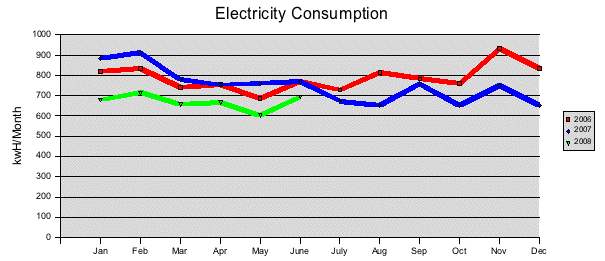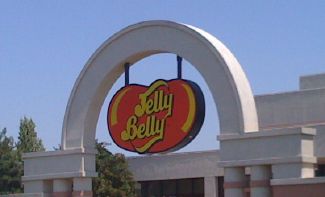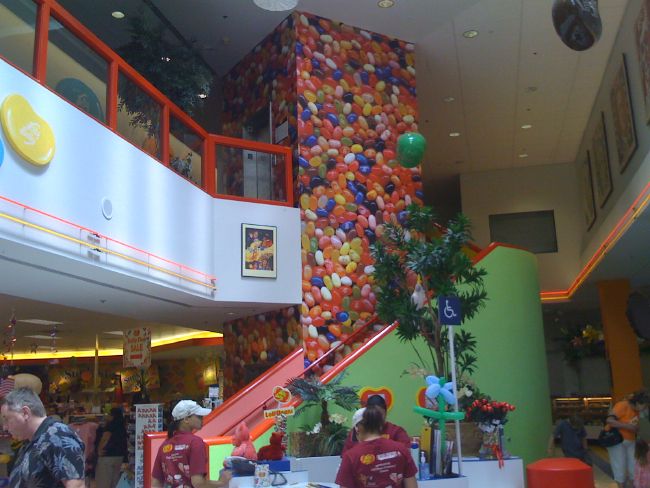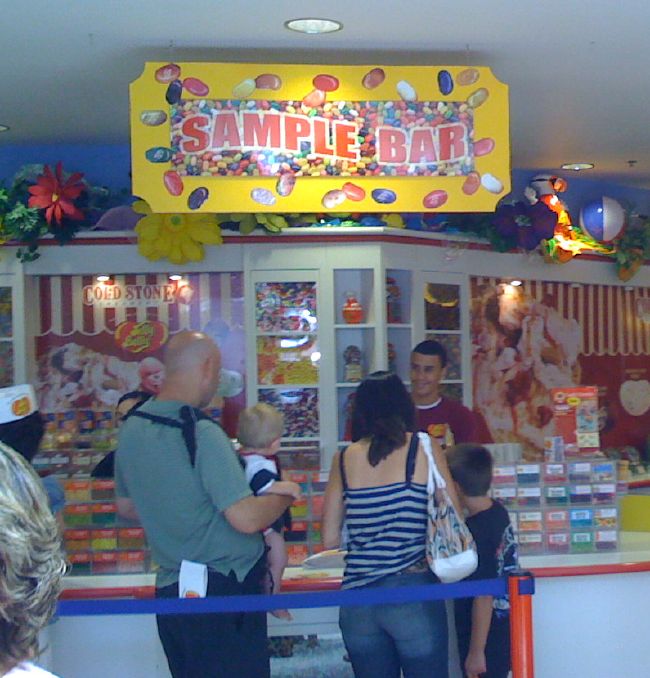Yesterday, Randy Pausch, known for being a life-long innovator and learner died from cancer. I didn’t know him personally, but I did have a chance last fall to watch him deliver his “last lecture” and it was moving on many different levels. His family has my deepest sympathy and the world is a little more drab without Randy’s contributions. The best we can do is follow his example to live our lives fully each and every day and hope that we can leave such a positive and lasting legacy.
If you haven’t had a chance to see this lecture, here it is. Watch it and you’ll be glad you invested the hour…
Commentary
So Long Randy, and Thanks for the Last Lecture
Travel
Around the World in Eight Days

Times have changed since the book Around the World in Eighty Days was written, so much so that going around the world in eight days is viewed as “slow.” My journey started on Thursday departing SFO for Boston – ostensibly a 6 hour flight time – for what turned into a 12 hour marathon which included crew intrigue, equipment problems, bad weather, and lack of fuel…
Suffice to say, I arrived early Friday morning and was able to conduct business, if a little bleary eyed in so doing. I can recommend the Hampton Inn in Westford, Massachusetts as being clean, quiet, and having a friendly and competent staff (even when welcoming visitors at 4am…) I don’t recommend stopping off in the middle of the country during the summer, the storms simply make travel too unpredictable.
The next time I write, I’ll be in Europe, and soon thereafter in Asia.
Business
Liquidity Crisis

Yesterday I went to the bank to withdraw funds from savings for the purchase of a hybrid vehicle (my current commute is 82 miles round trip with significant carpool lane opportunities for a vehicle with the permits that allow access.) The seller of the vehicle is not willing to accept anything but cash, no problem for me, I’ve got cash I can use but it’s in the bank.
I’ve banked with Wells Fargo since 1989 and they’re enormous with branches all over the place. The closest branch is in a grocery store, I didn’t go there because I thought a bank with an actual vault (where they keep cash) would be a better bet. When I asked the teller to withdraw the money, she signaled the service manager to come over due to the amount, less than $20,000 more than $10,000.
The service manager indicated they didn’t have that kind of cash hanging around the bank! I was shocked. I mean, this is a bank isn’t it? This was the downtown San Mateo branch, one of the larger ones on the peninsula…I could withdraw cash, but only a portion of the required amount. I had to go to two other bank branches to repeat the process to gather the required amount. If I could wait until Friday, they could special order the amount. Amazing.
Now, I don’t know the liquidity requirements on banks, but I’d think they need to be a little bit north of $20k for a large metropolitan area bank. Are we experiencing a liquidity crisis? I have to admit, it didn’t make me feel very confident to find that I was unable to access my own money! Has anyone else run into this situation?
Energy
Over $500 saved with CFLs

Our Electricity Usage Post-CFL (2006 no CFLs)
Regular readers of this blog will recognize that in June, 2007 we replaced 83 of our 95 light bulbs with compact fluorescent lamps. Since that time, we’ve averaged savings on our electric bill of $42.77/month and now have cumulative electric bill savings of $513.21. This does not include the savings due to the longevity of the lamps, we haven’t replaced one thus far, with our incandescent lights we would replace nearly 2 per month – that’s about $60 in non-replacement costs to add in as well.
On the raw electricity side, we’ve now saved 1560 kwH, or 1.5 MWH, which amounts to around 3,000 lbs of CO2 and about 12 lbs of NOx, SOx, and mercury (more than enough mercury to offset the small amounts in our total CFL fleet.) From a quality of light perspective, no one even notices. We’ve even grown accustomed to the 20 second warm up period and don’t notice it at all now.
From a project perspective, the initial investment was $332 and 3 hours of my time to acquire the CFLs and install them. My expectation was that we’d save $516/year and so far, we’re ahead of that curve by nearly $60 when lightbulb replacement is factored in.
Travel
Jelly Belly Tour

Attribution: Mike Harding
One of the things I like to do is create adventures to try with my daughter. This weekend, we made the drive to Fairfield, California to tour the Jelly Belly factory. Sugar, candy, wacky hats, what’s not to like from the kid perspective? Actually, as these things go, the Jelly Belly Visitor Center and tour are impressive.
Since the tour is free (and each tour participant gets a bag of jelly beans,) I was respectful of their request not to take photos during the tour. Let’s just say it’s an impressive operation they’ve got going there. To make jelly beans, these folks use 100,000 lbs of sugar per day. First they cook a sugar mix then pour it into bean shapes in a cornmeal mold to make the chewy center. Then these centers are “aged” for a couple of days to stabilize after which the centers are removed from the molds.
Then the centers are placed in rotating kettles to get their outer coating, which is still done with much manual labor as the coat is built up with alternating doses of liquid color/flavor and sugar. Once this step is complete, the beans age again for a couple of days. Then they are loaded back into the kettles for a polishing step completed by a final coat of sugar. The beans are then transported to the stamper where the Jelly Belly logo is applied.
One of the interesting things is a sorter/tunnel that the beans traverse which weeds out the bigger and smaller than standard beans into “belly flops.” Finally, the finished perfect sized candy is sent to packaging where there are a large number of possible packaging options. It takes 7-10 days from start to finish to make a jelly bean!
From a business view, this is brilliant marketing and I was incredibly impressed with the cleanliness and disclosure provided during the tour. From a parental perspective, the people couldn’t have been nicer, the environment was “safe” and there was a high entertainment value for the kid. The visitor center is open 9-4 seven days a week (excluding holidays.) Check it out. A couple more pictures from the Jelly Belly Visitor Center are included below.
Lobby of the Jelly Belly Visitor’s Center

Attribution: Mike Harding
Sample Bar at the Jelly Belly Visitor’s Center

Attribution: Mike Harding
« Previous Entries
» Next Entries



